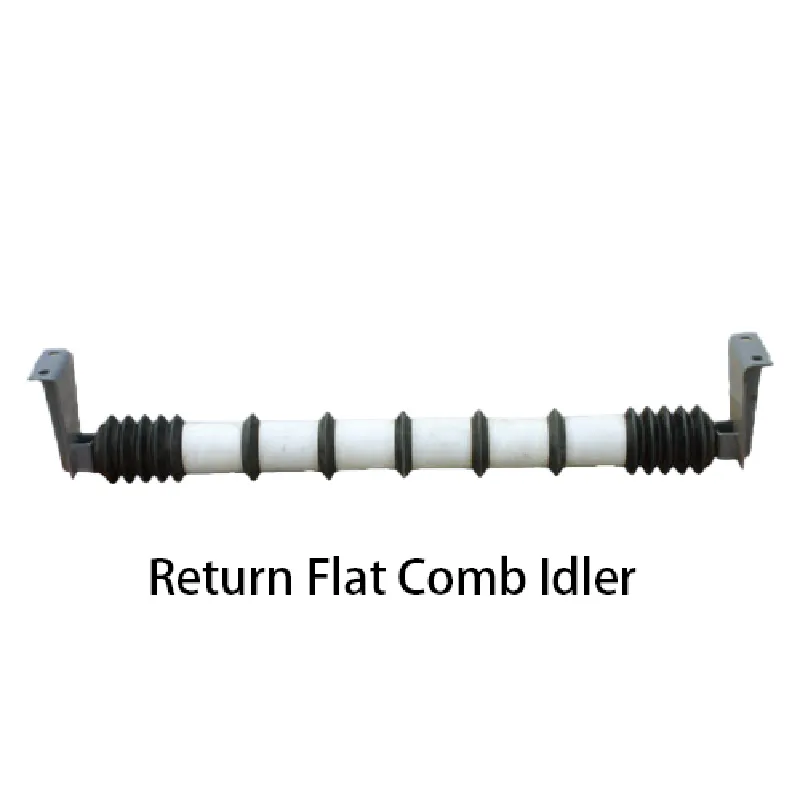 Afrikaans
Afrikaans  Albanian
Albanian  Amharic
Amharic  Arabic
Arabic  Armenian
Armenian  Azerbaijani
Azerbaijani  Basque
Basque  Belarusian
Belarusian  Bengali
Bengali  Bosnian
Bosnian  Bulgarian
Bulgarian  Catalan
Catalan  Cebuano
Cebuano  Corsican
Corsican  Croatian
Croatian  Czech
Czech  Danish
Danish  Dutch
Dutch  English
English  Esperanto
Esperanto  Estonian
Estonian  Finnish
Finnish  French
French  Frisian
Frisian  Galician
Galician  Georgian
Georgian  German
German  Greek
Greek  Gujarati
Gujarati  Haitian Creole
Haitian Creole  hausa
hausa  hawaiian
hawaiian  Hebrew
Hebrew  Hindi
Hindi  Miao
Miao  Hungarian
Hungarian  Icelandic
Icelandic  igbo
igbo  Indonesian
Indonesian  irish
irish  Italian
Italian  Japanese
Japanese  Javanese
Javanese  Kannada
Kannada  kazakh
kazakh  Khmer
Khmer  Rwandese
Rwandese  Korean
Korean  Kurdish
Kurdish  Kyrgyz
Kyrgyz  Lao
Lao  Latin
Latin  Latvian
Latvian  Lithuanian
Lithuanian  Luxembourgish
Luxembourgish  Macedonian
Macedonian  Malgashi
Malgashi  Malay
Malay  Malayalam
Malayalam  Maltese
Maltese  Maori
Maori  Marathi
Marathi  Mongolian
Mongolian  Myanmar
Myanmar  Nepali
Nepali  Norwegian
Norwegian  Norwegian
Norwegian  Occitan
Occitan  Pashto
Pashto  Persian
Persian  Polish
Polish  Portuguese
Portuguese  Punjabi
Punjabi  Romanian
Romanian  Russian
Russian  Samoan
Samoan  Scottish Gaelic
Scottish Gaelic  Serbian
Serbian  Sesotho
Sesotho  Shona
Shona  Sindhi
Sindhi  Sinhala
Sinhala  Slovak
Slovak  Slovenian
Slovenian  Somali
Somali  Spanish
Spanish  Sundanese
Sundanese  Swahili
Swahili  Swedish
Swedish  Tagalog
Tagalog  Tajik
Tajik  Tamil
Tamil  Tatar
Tatar  Telugu
Telugu  Thai
Thai  Turkish
Turkish  Turkmen
Turkmen  Ukrainian
Ukrainian  Urdu
Urdu  Uighur
Uighur  Uzbek
Uzbek  Vietnamese
Vietnamese  Welsh
Welsh  Bantu
Bantu  Yiddish
Yiddish  Yoruba
Yoruba  Zulu
Zulu Different Types of Belt Cleaning Solutions for Optimal Conveyor Maintenance
Types of Belt Cleaners Ensuring Optimal Performance in Conveyor Systems
Belt cleaners are an essential component of conveyor systems across various industries, playing a crucial role in maintaining the efficiency and reliability of material handling processes. Their primary purpose is to remove residual material that adheres to the conveyor belt after the bulk material has been discharged. This cleaning effort helps to improve productivity, reduce operational costs, and maintain safety standards. In this article, we explore the different types of belt cleaners available and their specific applications.
1. Primary Belt Cleaners
Primary belt cleaners are installed at the discharge point of the conveyor system and are designed to handle the bulk of the material left on the belt after it has transferred its load. These cleaners are effective at removing large amounts of material and are often the first line of defense in keeping conveyor belts clean.
Types of Primary Cleaners - Blades Typically made from urethane or rubber, these blades are mounted on a pivoting arm and adjust according to the belt's surface. They effectively scrape material off the belt. - Scrapers These are similar to blades but can come with varying designs, including tensioned systems to maintain consistent pressure against the belt surface. - Combination Cleaners These systems use multiple cleaning technologies, such as scrapers alongside brushes, to enhance cleaning efficiency.
Secondary belt cleaners are employed after the primary cleaners and are designed to catch any residual material that may not have been removed in the first cleaning stage. They ensure that the belt is as clean as possible before it returns to the tensioning section of the conveyor system.
Types of Secondary Cleaners - Brush Cleaners These employ rotating brushes that sweep away fine particles and debris from the belt. They are particularly effective for sticky or moist materials that cling to the belt. - Air Knife Systems Utilizing high-velocity air jets, air knife systems blow away residual materials from the belt surface, making them suitable for applications where traditional cleaning methods may not suffice. - Vibrating Cleaners These employ vibrations to dislodge and remove material stuck to the belt, offering a non-invasive cleaning method that can be effective for several materials.
types of belt cleaners

3. Specialty Belt Cleaners
In addition to primary and secondary cleaners, several specialty belt cleaners cater to specific materials or environments where traditional methods may not work effectively. These cleaners can be tailored to unique applications.
Types of Specialty Cleaners - Heavy-Duty Cleaners Designed for abrasive materials, these cleaners often feature hardened scraper blades to withstand wear and tear. - High-Temperature Cleaners In industries where high temperatures are a concern, such as metal smelting, specialized cleaners made from heat-resistant materials can maintain cleaning efficiency. - Sanitation Cleaners In food processing or pharmaceutical applications, these cleaners meet stringent hygiene standards. They are designed for easy disassembly and thorough cleaning to prevent contamination.
4. Factors to Consider When Choosing Belt Cleaners
When selecting the appropriate belt cleaner, there are several factors that must be taken into account to ensure optimal performance
- Material Characteristics The type and nature of the material being transported influence the choice of cleaner. For example, sticky materials may require brush cleaners, while dry bulk materials might do well with traditional scraper blades. - Belt Speed and Tension The speed and tension of the conveyor belt will affect the performance of the cleaner. It’s crucial to choose a cleaner that can handle the dynamics of the specific system. - Environmental Conditions Factors such as temperature, moisture, and the presence of corrosive materials should be assessed when selecting a cleaner. This ensures longevity and effectiveness.
Conclusion
Belt cleaners are indispensable for maintaining conveyor system efficiency and maximizing productivity. By choosing the right type of cleaner—whether primary, secondary, or specialty—industries can effectively reduce material spillage, minimize downtime, and enhance the overall safety of their operations. Investing in appropriate belt cleaning technology is not just about maintaining a clean working environment; it's a vital step in ensuring the long-term performance and reliability of conveyor systems.
-
Revolutionizing Conveyor Reliability with Advanced Rubber Lagging PulleysNewsJul.22,2025
-
Powering Precision and Durability with Expert Manufacturers of Conveyor ComponentsNewsJul.22,2025
-
Optimizing Conveyor Systems with Advanced Conveyor AccessoriesNewsJul.22,2025
-
Maximize Conveyor Efficiency with Quality Conveyor Idler PulleysNewsJul.22,2025
-
Future-Proof Your Conveyor System with High-Performance Polyurethane RollerNewsJul.22,2025
-
Driving Efficiency Forward with Quality Idlers and RollersNewsJul.22,2025





























